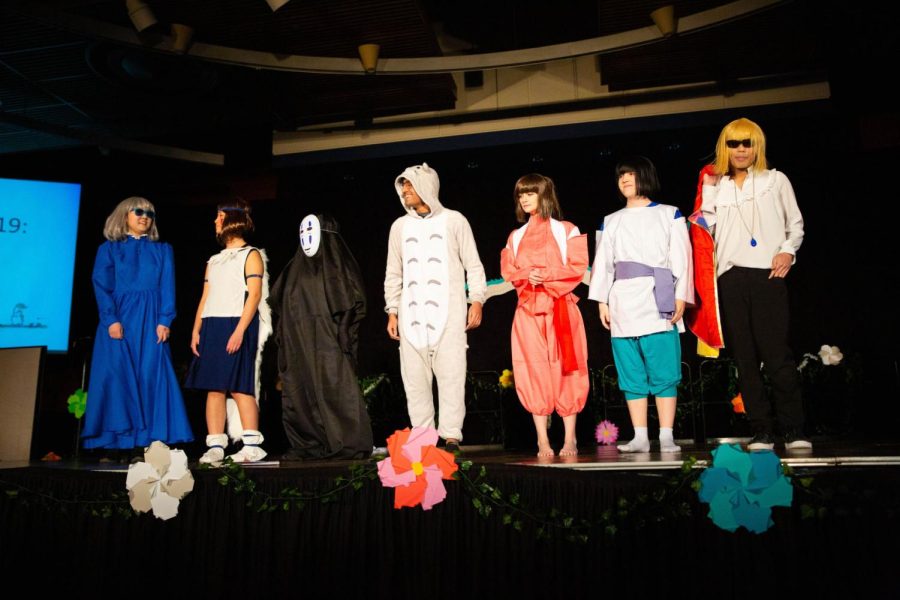Asian Student Association’s Cultural Exposition
February 5, 2019
When I walked into the Villanova Room on Feb. 2 for the Asian Student Association’s (ASA) cultural showcase, I was expecting a film showcase from Japanese animation studio Studio Ghibli, eager for my first look at the work of the famed studio. What I got instead was an incredible surprise, a sharing of cultures from around the globe that reminded me of the universality of our world.
This year’s ASA expo used Studio Ghibli as a theme, but as always, the program included a wide mix of performances and presentations, varying from a capella songs and modern dance routines to a fashion show involving participants dressed as Studio Ghibli characters.
While the wide variety of performance genres and types added character to the show and widened its appeal to a large audience, it also demonstrated the purpose of the cultural event at its core, which I had had originally misjudged. I had thought that the ASA showcase was going to be a complete demonstration of Asian culture, but, rather, the showcase instead aimed to show the significance and interconnected nature of humanity itself through culture.
Each moment of Asian culture mingled with an exploration of American music and dance, a true melting pot onstage for all to witness. Rather than merely focusing on the culture of Japan, China or even specifically the United States, the ASA decided to show its audiences the interconnected nature of all cultures and how, despite the differences and unique qualities each one embodies, all cultures are connected to each other on some level.
Thus, while I explored a variety of components from Asian cultures that I had not known before, whether it be contemporary Japanese dance or modern Chinese music, I was also able to see how my own American music and dance connected to them, opening up fresh perspectives on the world. The showcase was not merely a display of the talents of the ASA and relevant performers. It served to demonstrate the significance of collaboration between cultures and the power of sharing what our cultures are.
Expectations are an important part of life, and they are inherently human. We cannot help but imagine in our mind how we anticipate scenarios will play out. However, it is often when these expectations are shattered that we understand the most about ourselves and come to the most deeply profound personal revelations.
At this year’s ASA expo, I anticipated watching Japanese animated cinema, and I instead came to experience personal revelations about the role of culture in life. Perhaps all of us should strive more often to counter our expectations, for we never know the significance that we can derive from doing so.











